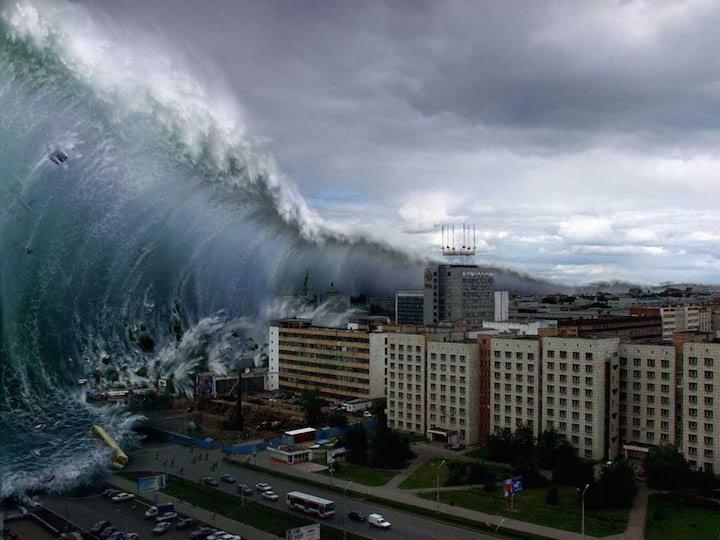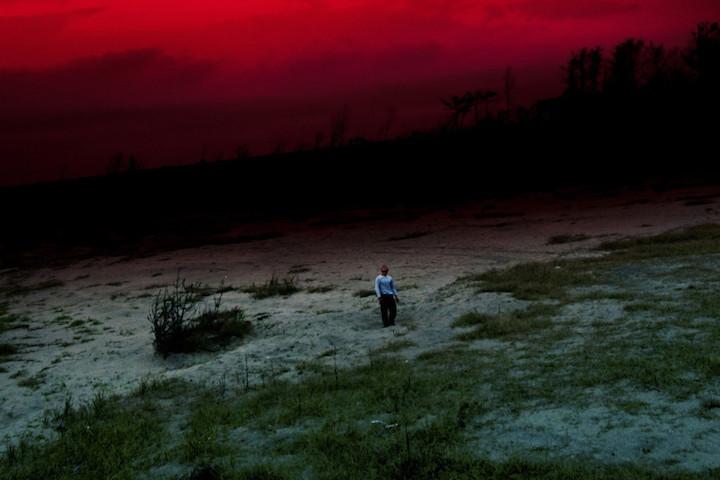Remembering 3/11
National trauma is a subject of increasing interest to academics, scientists, scholars, as well as the general public. As zones of civil conflict expand, with borders and fronts often indefinable; as natural and industrial disasters unfold with increasing frequency; as individuals with unpredictable agendas shoot to kill in unlikely places around the world, news media outlets are increasingly impacted by the dangers inherent in covering such events.
The Dart Center for Journalism & Trauma, a project of Columbia Journalism School, reports on risks associated with covering crises and publishes articles and papers on the subject. Most recently, it has been covering the aftermath of the earthquake in Nepal.

Immediately following the earthquake, tsunami and nuclear reactor crisis in Japan, on March 3, 2011, which has become known as 3/11, the Dart Center reported on how people were coping in its aftermath:
“Now that rescuers and news teams have reached the coastal areas in Miyagi and Fukushima, some sense of the staggering physical destruction wrought by Friday’s earthquake in Japan is beginning to emerge. Whole villages and towns that once lined estuaries and inlets have been scoured off the map. Tens of thousands of people are missing and hundreds of bodies are coming to light. Understandably, people watching the disaster from afar are trying to gauge how people in Japan are coping psychologically.
“Certainly, the general literature on disaster response backs up the suggestion that active coping strategies, such as helping in the clean-up or looking after friends or relatives, are psychologically protective. Doing something, however small, helps to connect people and fight the creeping and corrosive sense of helplessness. In Japan, working toward the welfare of the group has traditionally had more priority than the individual.” [more]

Among those who dealt with the disaster by connecting with it, both physically and philosophically, are a group of photographers whose images of the aftermath continue on view at the Museum of Fine Arts Boston. The exhibition, In the Wake: Japanese Photographers Respond to 3/11, nearly 100 photographs and two videos by 17 photographers continues through July 12. The Boston Globe reported: One of the videos shows real-time aerial footage that the Japanese network NHK broadcast in the immediate aftermath of the earthquake and subsequent tsunami. Those two events caused the deaths of more than 18,000 people and displacement of another 400,000.
That footage is the challenge that faces any photographer hoping to document those events — or, even harder, evoke them. Actually, the challenge is even more daunting. Japanese refer to the “Triple Disaster,” for the earthquake and tsunami led to the meltdown of three reactors at the Fukushima nuclear power plant. “In the Wake” has two sections, in fact, one relating to the aftermath of the tsunami and earthquake, the other to Fukushima. As the photographer Masato Seto writes, ‘I feel that I’ve seen something that should never have been seen.’
In the Wake: Japanese Photographers Respond to 3/11 continues at the Museum of Fine Arts through July 12. 465 Huntington Avenue, Boston, MA.


